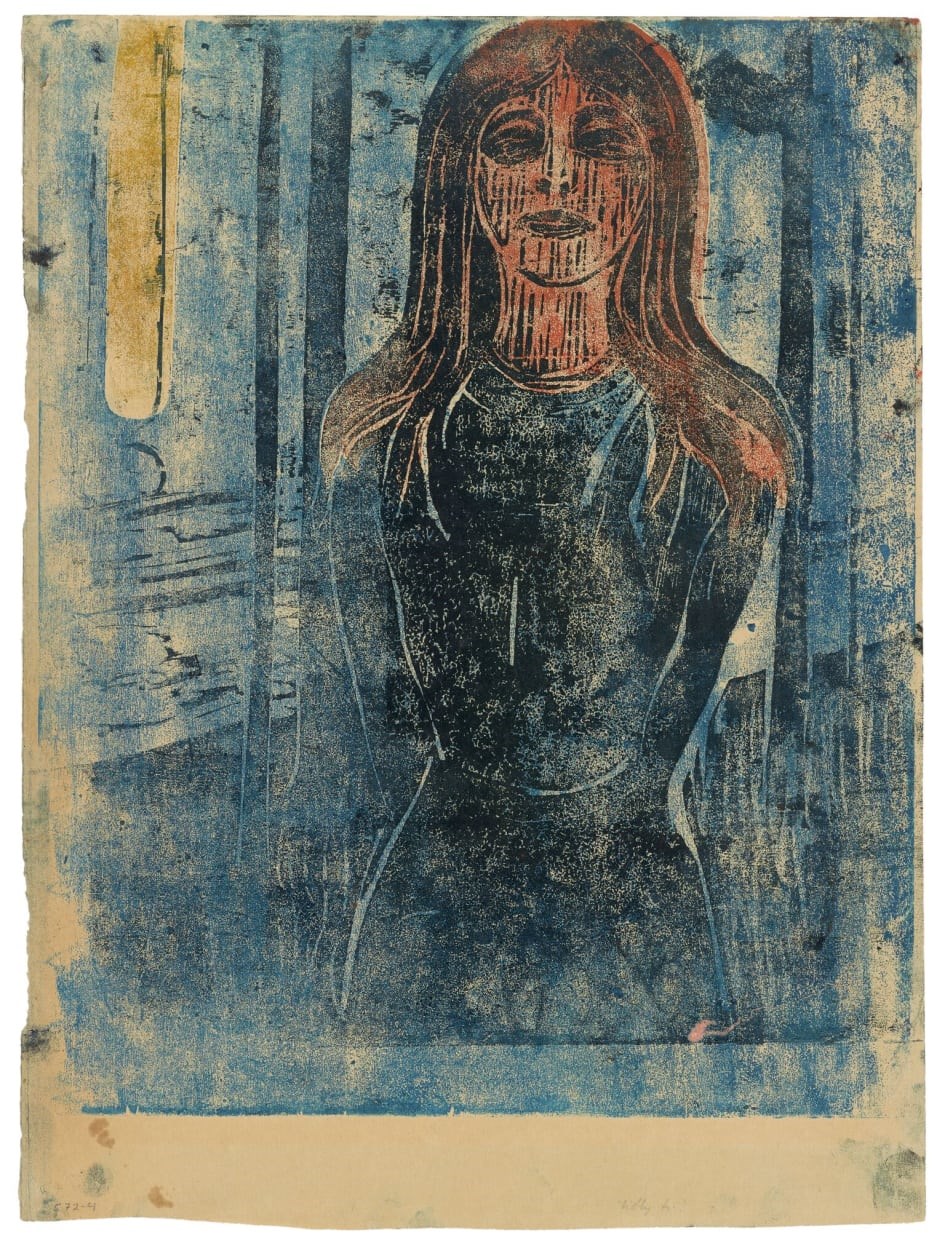Exhibition
Both of them used trial and error to develop an artistic idiom that would reflect human life in stimulating new ways. Gauguin’s images and subject matter, unlike Munch’s, were often derived from his encounters with foreign cultures, but both Gauguin and Munch based their art on thoughts and emotions above all else. Gauguin is said to have remarked that he closed his eyes in order to see, while Munch famously put it like this: “I don’t paint what I see, but what I saw.” Both Gauguin and Munch encourage us to turn our gaze inwards and focus on the indelible impressions that art is able to make.
Gauguin’s and Munch’s artistic roots extend back to Realism and Impressionism, an era when artists were preoccupied with capturing reality as the eye saw it. Both these artists rejected such an approach and instead, in each their own way, helped bring about a new movement in art: Symbolism. This new style merged elements from visible reality with personal visions and fantasies, something that resulted in pictures whose meaning could be fairly enigmatic and open to interpretation.
After having worked for several years with the medium of painting (and in Gauguin’s case, sculpture as well), both artists began to appreciate and explore the endlessly creative possibilities that were inherent in printmaking – Gauguin in 1889 and Munch in 1894. They both transcended the genre’s conventional limits to create ground-breaking prints where the technique underlined the fundamental aspects of the image in a way only a true master could execute. Yet the two differed markedly from each other in their style of printing. The greatest similarity is their inexhaustible interest in experimentation, as expressed most fully in their woodcut technique. Whereas Gauguin was more focused on details, however, Munch often reduced his images to their absolute minimum.
Both artists had a penchant for depicting women, an aspect this exhibition reflects. But their selection of subject matter is not uncomplicated: as seen from our own times, both Gauguin and Munch held controversial views on women, as evinced by the manner in which they depict love, jealousy and angst – feelings that are perhaps based on the artists’ own experiences or fantasies. Even so, there are also empathetic elements in their portrayals of women. Perhaps this suggests that they had a more multifaceted view of women than is usually assumed?
With Eyes Closed – Gauguin and Munch shows a wealth of prints, in addition to select paintings and sculptures that document the artists’ experimental approaches to a variety of artistic genres. In addition to a complete presentation of Gauguin’s most significant prints, the exhibition includes a selection of other key works by the French master, including three oil paintings and other rare objects such as ceramics, wood carvings, printing blocks and copies of Gauguin’s self-published satirical newspaper Le Sourire (The Smile). By presenting a similarly multifarious and stimulating selection of Munch’s prints and paintings, the exhibition sheds light on various issues related to printing techniques and representations of women. The exhibition thereby gives visitors the chance to see connections between the two artists, and also to reflect on the relevance they have today.




